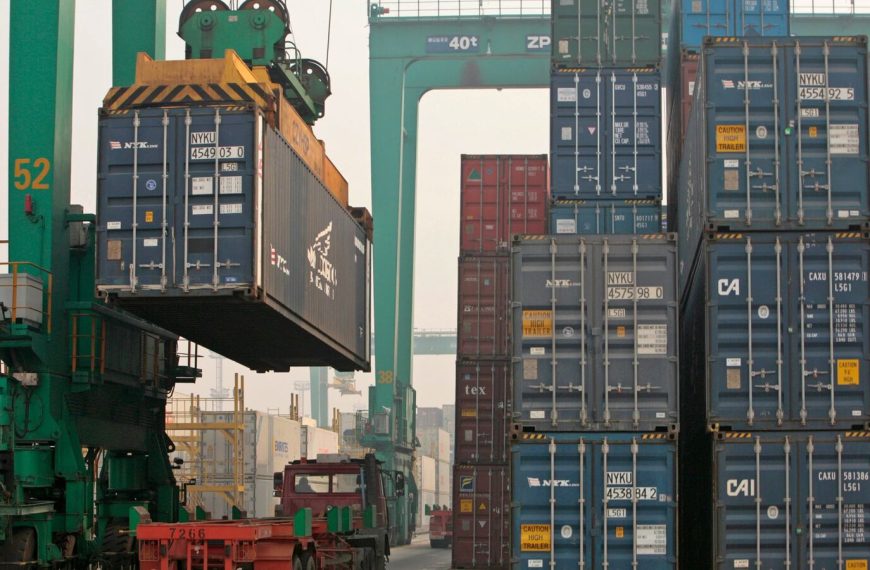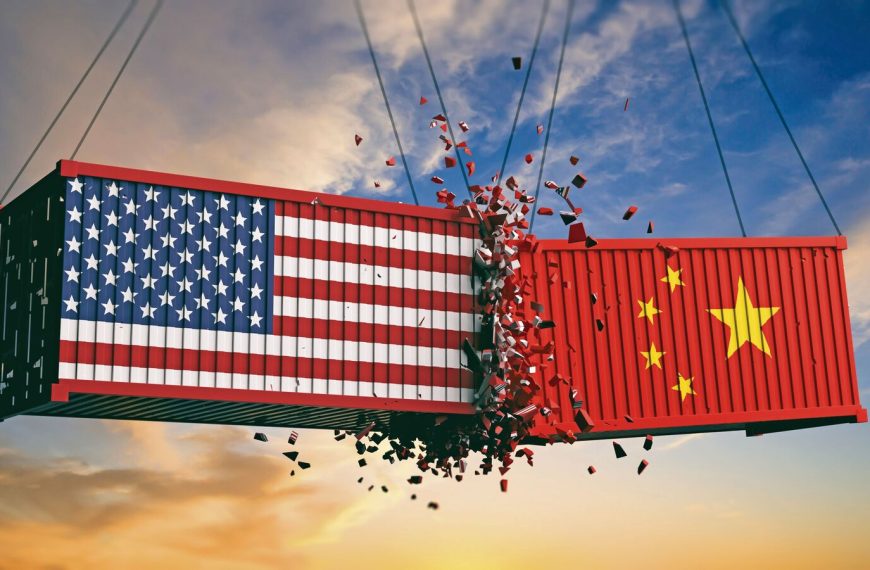U.S. President Donald Trump made a bold declaration on Sunday, emphasizing that no nation will escape the burden of tariffs, despite a temporary 90-day reprieve on some. This statement comes shortly after the U.S. government clarified that essential electronics such as smartphones and computers would be exempt from certain tariffs. However, Trump’s latest comments signal a firm stance against countries, particularly China, which he accuses of unfair trade practices.
Trump’s Firm Stance on Tariffs
During his remarks, Trump reiterated that there would be “no Tariff exception” for any country. He stated that special treatment for Chinese technology products is off the table. His comments reflect a broader strategy to address what he perceives as unfair trade balances and non-monetary barriers that have historically benefitted other nations, especially China.
- Key Points:
- All countries, including China, are subject to existing tariffs.
- Semiconductors and other electronics are under scrutiny.
- Trump aims to boost U.S. manufacturing.
Consumer Impact and Future Actions
Trump’s administration has issued exemptions for certain Chinese-made electronics to prevent soaring prices for American consumers. Nevertheless, he maintained that these products still fall under the existing 20% Fentanyl Tariffs, merely shifting to a different category. The administration is preparing for National Security Tariff Investigations to assess the entire electronics supply chain.
In his words, "We cannot let them continue to abuse us on Trade, like they have for decades." This reflects a commitment to reversing what he sees as a long-standing disadvantage in trade negotiations.
The U.S.-China Trade Relationship
As part of the ongoing trade conflict, most countries will face a baseline 10% tariff during this 90-day pause, except for China, which has retaliated with an aggressive escalation of its own tariffs. Currently, U.S. tariffs on Chinese imports have reached 145%, while China has imposed a 125% tariff on U.S. goods.
The Trump administration remains hopeful about negotiating future trade agreements with China. However, the specifics of any potential deals remain unclear, with U.S. officials indicating that they expect China to make the first move.
Conclusion: A Stronger America Ahead
With the recent tax cuts and regulatory rollbacks approved by Congress, Trump believes that these changes will lead to a stronger and more prosperous America. His vision is clear: to make America not just great but greater than ever, with a focus on creating better-paying jobs and revitalizing U.S. manufacturing.
The message is unmistakable: The era of complacency in trade is over. As negotiations continue, the world will be watching closely to see how these tariffs and trade policies evolve.
For further insights on U.S.-China relations and trade strategies, check out our related articles.










